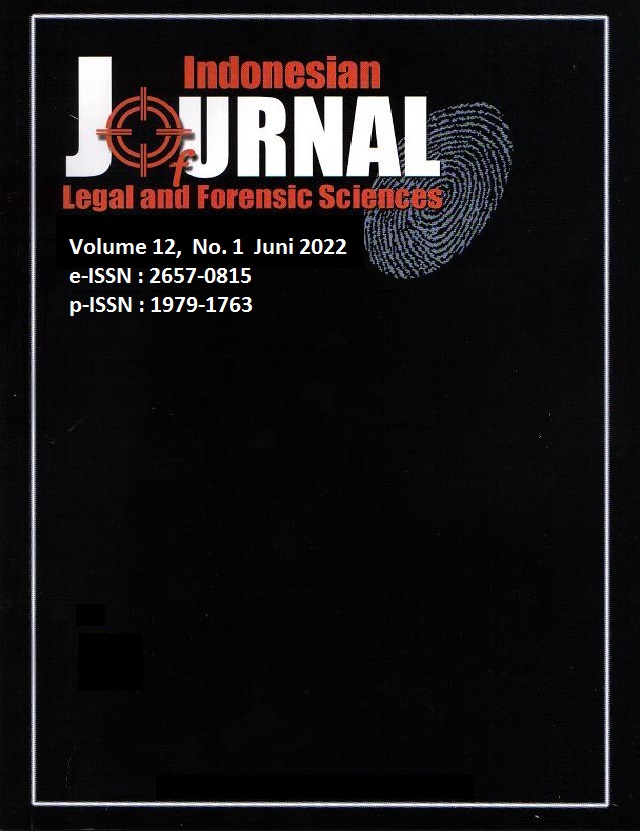Sexual Dimorphism of the first Lumbar vertebra in the Malaysian Population.
Abstract
Sex determination is one of the main steps in the identification of human skeletal remains. The vertebrae are weight-bearing structures in the human body that may provide variety of information from an individual. The aim of this study is to assess the sexual dimorphism of the first lumbar (L1) vertebrae using three-dimensional (3D) computed tomography (CT) imaging to develop population-specific equations for sex identification in the Malay population. Thirteen linear measurements of the first lumbar (L1) vertebrae were taken from 50 males and 50 females’ patients in the Radiology Department of Universiti Kebangsaan Malaysia Medical Centre, using images of the Computed Tomography (CT) scan. Independent T-test and discriminant function analysis (DFA) were performed for analysis. By using independent T-test analysis, there were eight measurements showed statistically significant difference between men and women (p<0.001). Using stepwise method of discriminant analysis showed three measurements predicted sex with the accuracy 93.0% : (a) lower end-plate width (EPWI), (b) lower end-plate depth (EPDI), and posterior height of the vertebral body (VBHp). This study provides discriminant equation for forensic identification of sex from the first lumbar vertebrae among Malaysia population with the accuracy 93.0%.



















